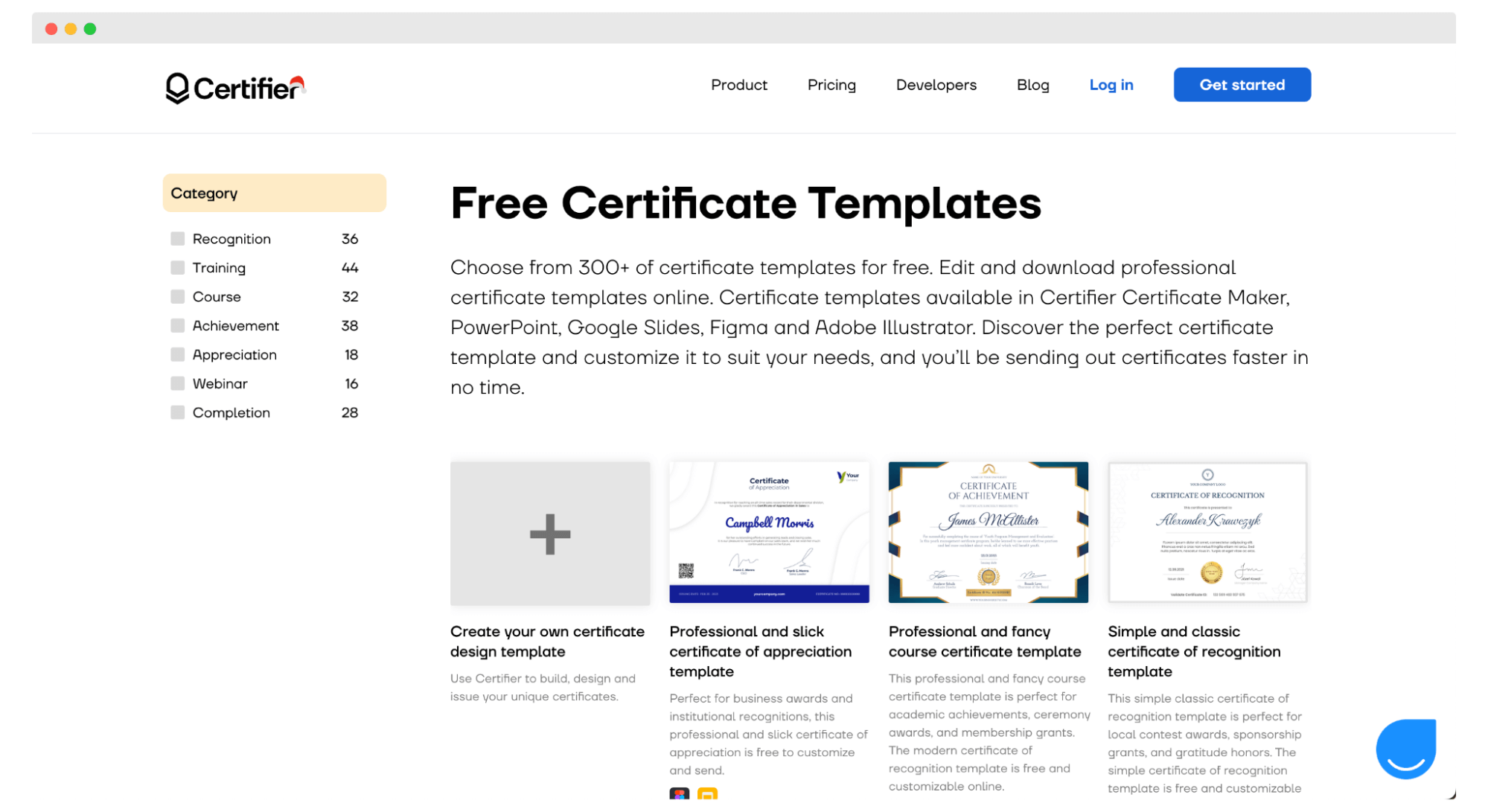Trusted by:
Updated: June 25, 2025
14 min read
9 Common Errors To Avoid When You Create Online Training for Employees
Creating online training is not so easy as it may seem. That's why, we compile the list of errors that you should avoid. Spoiler: It'll help you improve your online courses.
Creating successful online courses and online training programs is quite a challenge. After all, a lot of things can go wrong.
So in order to keep your effective learning content at a high level, you need to stick to certain guidelines that will help you bypass the most common mistakes made during online course creation.
Which errors are we talking about? What do you need to avoid and keep away from?
Let's find out! 💪
#1 Not tailoring the training to your employees' needs
The most common mistake is not tailoring training to the needs of employees. That is, at the very beginning of the creation process, you miss the target. 🎯
Meanwhile, if you want to have any success as a trainer, you need to focus first and foremost on properly tailoring the training to what your workforce actually needs. At this stage, it will be worthwhile to do a training needs analysis.
Without a needs analysis, you can prepare training, but it will never be practical and good training. So, if you want online courses to bring tangible benefits to your target audience, you need to do a training needs analysis.
Therefore, working on online training programs is best started by understanding the problems because a good training course is one that is focused on the problem. If you want every employee to be a subject matter expert, then you need to provide them with the right content in training.

So it doesn't matter if you bet on online education through video content, audio files or some Learning Management Systems, all online learning materials should be relevant to the needs of the employees.
#2 Focusing on features instead of benefits
Another mistake made when creating online training for employees is to focus on the features of successful online courses instead of the benefits your target audience will receive from attending the course.
It's natural to want to meet all business goals and training goals, but you must always remember that online training is created with your employees in mind.
This means that providing relevant online course topics and a high-quality learning experience for your employees should be a priority. 🥇
So if you're wondering whether it's worth investing in courses for your employees and encouraging them to undertake learning activities, the short answer is yes.
It is inevitable that there will be a need for training in a world that is constantly changing and becoming increasingly demanding. So when it comes to running courses, you'd better do it right. In addition, improving employee skills and qualifications guarantee a quick return on investment.
#3 Making the material too dense or complicated
It is also very important to remember to prepare your materials properly when creating an online course. A common mistake is too much information, too long a course, or simply inadequate content for the knowledge level of employees.

What's more, microlearning can be just as effective as lengthy online courses in many cases, so you can try short courses instead of creating long ones with complex course material. After all, the point is to make the training useful to potential students.
📚 And the more it relates to the realities of work, the greater the chances that it will be useful.
Also, find out what level of knowledge your employees have and tailor effective learning content for them. Otherwise, employees won't be able to cope with social learning, and when it comes to doing their assignments on their own, they will have difficulty with self-paced learning.
As you can see, it is important to tailor the material to the specific needs of the audience and, above all, to have a strict understanding of the expectations of employees in this regard.
This makes it possible to train employees according to the ongoing marketing strategy and real needs.
#4 Not providing a certificate of completion
A popular mistake in online course creation is not issuing certificates to validate newly acquired skills.
So if you want to make your online training even more noteworthy, you should always issue a certificate after the course is completed. ✨
Issuing certificates should be part of your ongoing marketing strategy and even content marketing plan, as it comes with many advantages that benefit your brand. As such, you may consider adding this to your tasks on a marketing strategy calendar.
So it doesn't matter what the learning objective was and the type of content. Or whether it was social learning or self-paced online learning. The certificate will be a valuable document for your employees and can be useful in their careers.
⏩ Read here Why Course Certificates Are a Must for Your Online Course!
You can use creation software from Certifier - our authoring tool - to help you during the creation and editing process of your certificates.
✅ The system from Certifier has many basic and advanced options that will help you deliver beautiful designs in a very short time.
So the creation of such certificates takes a few minutes, and even if you have a lot of employees who can do this work manually, you don't need to involve them in the process because you can automate everything.
Using such digital tools will make you send certificates smoothly and complete the production phase, and your target learners will be more satisfied and receive their rewards on time.
Pst! Certifier also offers a library of free certificate templates that you can use right away (and adjust to your needs).

[I want free certificate templates]
#5 Creating a boring or dry presentation
Interactive training programs usually have many presentations. So, another aspect is that your presentations must not be boring or dry.
Unfortunately, the matter is that we meet with poor presentations very often. Everyone knows that a presentation should be pleasant and attractive without piles of content.
But despite this, it still happens to each of us to attend a meeting that makes us yawn from boredom. Usually, the speaker is knowledgeable about the subject, but the way they perform it makes you struggle not to fall asleep from boredom.
As a result, you get very little out of the presentation and, above all, remember a very limited amount.
And yet, you can learn a lot from a presentation. 💯
It is, therefore, imperative that you have a balance between visual, audio, and practical aspects of your presentation so that everyone is engaged and supplied with the optimum learning experience.
#6 Focusing too much on theory and not enough on practice
Also, remember not to focus too much on theory and not enough on practice. If a course for employees is to be useful, keep in mind that your content should combine theory and practice.

It is not true that theory has nothing to do with practice and that practice is the most important thing. Valuable books and presentations can provide a great foundation for further learning.
And further, practice helps you improve and solve problems better, so it also brings value to your work. 👑
Moreover, it's often the case that you theoretically know what you're supposed to do, but you don't know how to put that knowledge into practice. You should therefore consider how relevant your content is when creating online training.
Because in real life, the relationship between theory and practice is about interpenetrating and complementing each other.
So to make a profitable online course make sure that your online learning materials are qualitative in terms of theory and practice.
#7 Underestimating how long it will take employees to complete the training
Also, put yourself in the employee's shoes and try your best to estimate how much time and effort the employee will need for the course. If you make an inadequate estimate, you could make learning much more difficult, as employees will have to rush and put excessive effort into completing the course.
Appropriate estimation depends on many factors, such as:
what your course consists of
which learning portal do you use
how many learning modules does the course have
whether you provide video lessons or presentations alone
what learning styles do you provide (for example, self-paced learning, microlearning)
5-10 hour courses are also not well specified as they cover too large a range. Try to be more specific and provide as much time as possible for each batch of students.
And if you can't afford it, reduce the course material.
#8 Not providing any support or follow-up once the training is completed
Important alert: The end of the training is not the end of your employees' learning. ❎
Therefore, even after the course is over and certificates have been issued, you should stay in touch with them to maintain contact.
There is no doubt that follow-up is absolutely essential in all training situations, as it provides participants with further support and skill development opportunities. So what can you do to ensure that employees are not left alone after the bundle of courses?
For example, after some time has passed, you can write messages to trainees with updates on the training, the second part of the training, webinar sign-ups, etc. And that means you can run an advanced marketing campaign and solve issues for students.
You can also organize additional lessons for a willing batch of students and use online courses as an effective method of delivery of information to provide further development.

#9 Being inflexible and not allowing for employee input or feedback
It's essential to allow employees to give feedback after (or even during) the course. This will allow you to continually improve the level of your learning products and services and show that you care about employee satisfaction.
And if you don't allow employees to give their input, you will make a big mistake.
Employees should have the opportunity to share their thoughts about training, online learning materials, and their outcomes. But more importantly, by doing this, they can pertinent course improvements to you, which will positively impact your entire brand and business metrics.
So if there's an opportunity, let your employees have input into the creation of the course because they can help you create great training they'll love.
As a result, instead of creating poor-quality unlimited courses, you can have a few but great ones. 🏆
And, as there is no universal design for learning, it is worth having more than one course in your inventory.
Create stunning online training by avoiding errors
When creating online training courses for employees, you can even unknowingly make many mistakes.
We hope this article will prevent that.
Tailor your online training programs in an appropriate way to the target audience, and you will achieve huge learning outcomes. Make the most of your online course space as well as you can.
Also, create an account with Certifier, speed up the certification editing process, and deliver beautiful certificates in no time.

- SaaS Growth
- Digital Credentials
- APIs
- Product Marketing
- Company Operations
CEO and Co-Founder
Sergey is CEO and Co-Founder of Certifier, a Forbes 30 Under 30 honoree building digital credential infrastructure for 2,000+ organizations worldwide and shaping the future of credentialing.
